Explore Articles Filed Under: Shamanism
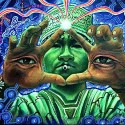
There are a number of human experiences that are characterized by presentness, detail, externality, and three-dimensional explorable spacefulness: we can call these visionary experiences. These can be characterized along two dimensions — according to the degree to which the experience is entered into intentionally, and by the amount of control the experiencer exercises over its content. Such visionary experiences appear to be quite widespread across cultures, and raise significant psychological and ontological questions.
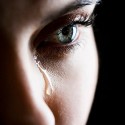
Some time ago, on a discussion group, a woman posted that she had been sexually assaulted by a shaman at an ayahuasca retreat center in the Upper Amazon. During the course of the occasionally heated discussion that followed, I took the position — which I still maintain — that it is unethical for a shaman to have sex with a patient under any circumstances, even when the sex is apparently consensual. I reproduce the relevant portions of my posts here.
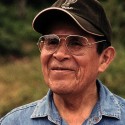
On November 16, 2009, after a brief illness, famed visionary artist Pablo César Amaringo died at his home, surrounded by friends and family, and leaving behind a mass of uncatalogued paintings and hastily jotted notes. We are more than fortunate that Howard Charing and Peter Cloudsley had already been working with Amaringo for months to get his collection in order, annotate his more recent work, create a digital archive of his art, and protect his paintings from deterioration in their humid tropical environment.
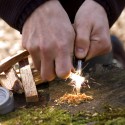
The wilderness is a teacher, and it teaches, often implacably, the natural consequences of our actions. It’s simple: if I haven’t set up a shelter and it rains, then I get wet. But the lessons of the wilderness go much deeper than that. The wilderness teaches, in Kierkegaard’s words, how to exist humanly — remembering what is important, in right relationship, in touch with meaning in the world. Here are ten such lessons that the wilderness has taught me.

Over a period of twenty months, fourteen shamans were murdered in the district of Balsapuerto, a small river port in Alto Amazonas province. Seven of the victims had been shot, stabbed, or hacked to death; seven others had been reported missing, but their bodies had not been found, presumably because they had been tossed into rivers to be eaten by piranhas. All those killed — as well as almost all the members of the communities from which they came — were members of the Shawi ethnic group. How could such a thing have happened?

Opening the door to the magical world is not a day trip. Every approach we make to the spirits entails reciprocal obligations. What those obligations are is a matter between each of us and the spirits, but at the very least they require gratitude and humility — a willingness to be courageous and vulnerable, to speak honestly from our hearts and listen devoutly with our hearts, to tell the spirits our truest stories
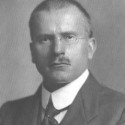
For most of his life, psychologist Carl Gustav Jung enjoyed telling the story of the Solar Phallus Man — the designation was conferred by historian Sonu Shamdasani — and often claimed that the story was the single most compelling piece of evidence for his theory of the collective unconscious. But the story has a number of problems, and, when it is used to argue for the existence and nature of the collective unconscious, it raises serious methodological and conceptual issues.
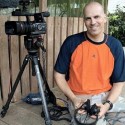
In 2006, Keith Aronowitz, then forty-four years old, was a filmmaker without a direction. He had been professionally involved in the film and television industry for more than twenty years, primarily as an editor working on what he calls “some pretty mindless stuff” — infomercials and reality shows. Now he needed a break. He decided to go to Peru and try something he had heard of called ayahuasca. He brought his camcorder and, just for something to do, he recorded some of the ceremonies and interviewed some of the people who had also journeyed to drink ayahuasca. When he shared his footage, the response was enthusiastic. So he thought: Why not make a documentary?

Philosopher Martin Heidegger articulated the strikingly shamanic idea of das Geviert — the fourfold gathering of earth, sky, gods, and mortals. We place ourselves in relation to the earth and sky, and search and await the essence of the divinities revealing themselves to us through their presencing in the world — in water, in a flower, in a jug. And what if we were able to recognize this gathering of the fourfold everywhere — a world where earth and sky, mortals and gods, all reflect each other? That would be, he says, the worlding of the world.
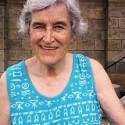
Anthropologist Edith Turner insists that spirit stuff is real because, during the frenzied climax of a lengthy Ndembu ritual in Zambia, she saw it come out of the patient’s body, and she observed it become a human tooth — an ihamba, a dead hunter’s tooth, which had been wandering around inside the patient, causing her severe pain. Turner considers, and rejects, the idea that some sort of sleight-of-hand might be involved in all this.

Discussing the article:
Hallucinogens in Africa